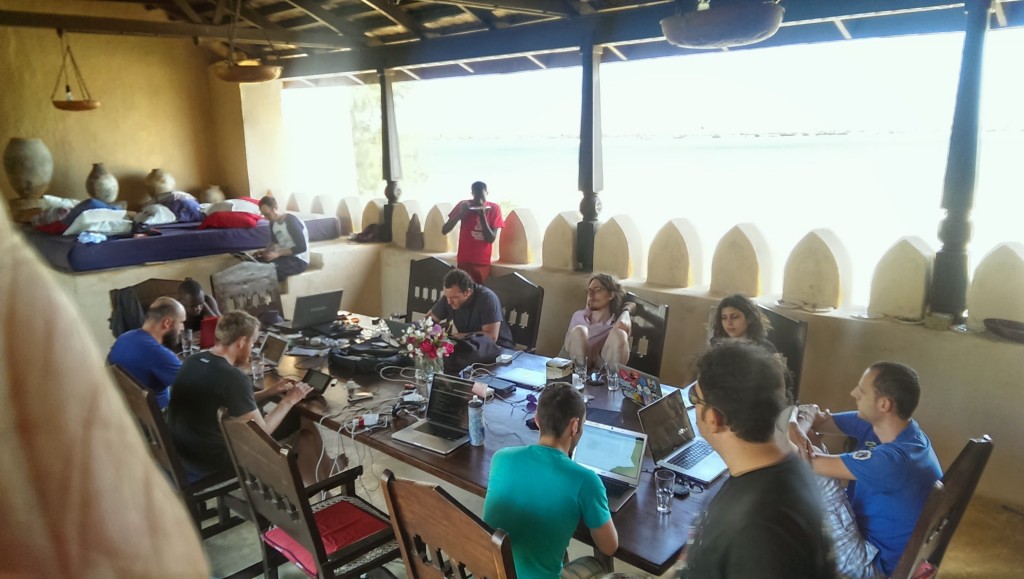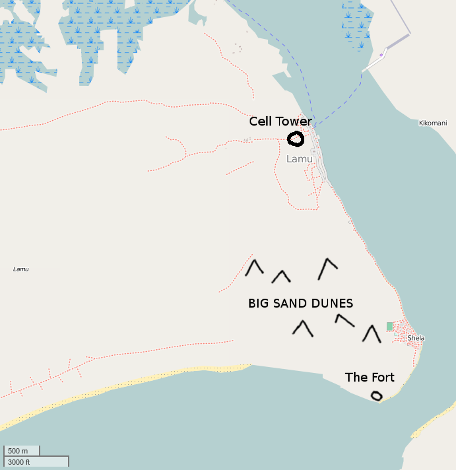Hackerbeach Day 0

It’s been hell, doing a 4 flight stint for the better part of a day with no off-plane sleep. I read recently that airplane humidity is typically around 20%, which is drier than the Sahara desert. Lesson learned: always bring and fill your water bottle. When you’re dehydrated, the mucus membranes have trouble keeping a layer of mucus, and can let more dangerous external matter through. That results in a sensation, that, when you swallow, can be unpleasant.

